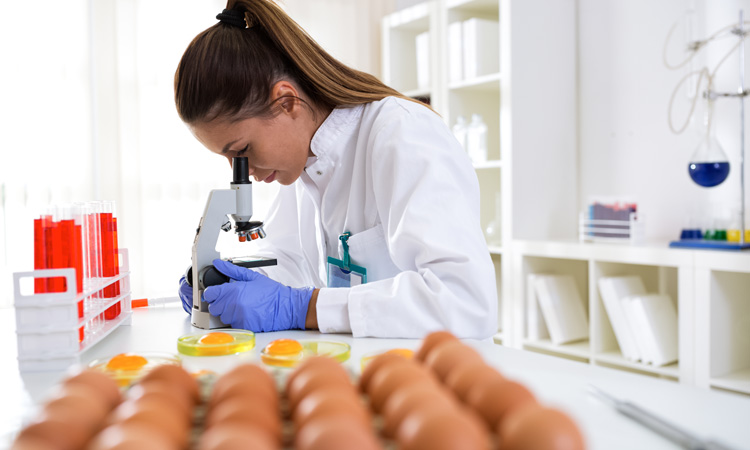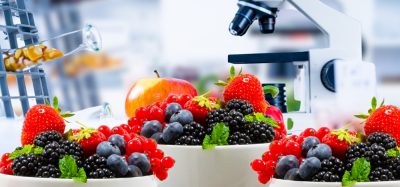Researchers find solution to prevent salmonellosis in raw eggs
Posted: 4 February 2020 | Sam Mehmet (New Food) | No comments yet
The decontaminated eggs were found by chefs, using measurements and acceptability scores, to have no significant difference in their quality or performance as an ingredient when compared with non-treated eggs.


Flinders University researchers have reportedly found a solution for preventing salmonellosis affecting eggs through surface contamination, which is said to give crucial help for food services industries.
Raw eggs are used in many food products such as mayonnaise, mousse, eggnog and artisanal ice cream, but eggshells can be contaminated with the bacterium Salmonella enterica serovar Typhimurium (ST).
To address this issue, the research team aimed to develop a decontamination method that removed ST contamination from the eggshell without impacting the egg’s usability.
Using a method that employed equipment commonly found in commercial kitchens, the researchers decontaminated eggs by placing them in a sous-vide cooker with the water heated to 57°C. Complete decontamination of ST was achieved by treating eggs for nine minutes.
A second study by the Flinders environmental health research team examined the effectiveness of current Australian guidelines that recommend raw egg mayonnaise should be prepared and stored under five degrees Celsius and adjusted to a pH less than 4.6 or 4.2.
Despite these guidelines, a significant numbers of salmonellosis outbreaks continue to be recorded every year in Australia.
The researchers found that the survival of Salmonella Typhimurium in mayonnaise is significantly improved at four degrees Celsius and that lower temperatures protected ST from the bactericidal effect of low pH.
“We found that the preparation of mayonnaise at pH 4.2 or less and incubating it at room temperature for at least 24 hours could reduce the incidence of salmonellosis,” said Flinders environmental health researcher, Thilini Keerthirathne.
“But there is a risk of storing mayonnaise at 37°C. If the pH is not correctly measured, the warmer temperatures will promote the growth of salmonella. As such, it is crucial to ensure the pH of the mayonnaise is at pH 4.2 or less.”
Related topics
Food Safety, Health & Nutrition, Outbreaks & product recalls, Research & development, Temperature control









